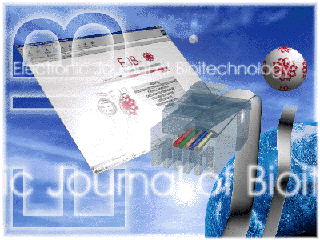Abstract
Rapid, large-scale genome as well as diagnostic DNA sequencing projects are, at present, dependent on the use of sensitive automated sequencers that rely on the detection of fluorescent signals. This emission is not an intrinsic property of the biomolecules but is a property of an optical label that must be incorporated before, during or after the sequence specific reaction. The choice of strategy, that is to be reviewed here, is a function of both the chemistry and the enzymology of the system as well as the nature of the fractionation and the physical parameters of the detection. One may differentiate beween the labelling of the primer, incorporation of the label during elongation or base specific termination with labelled terminators. In reviewing the development of each of these strategies, the conclusion is reached that, whereas labelled primers have universal applicability, the current generation of fluorescent terminators have in, conjunction with appropriate DNA polymerases, attained a refinement that strongly favours their use. However, since they are not available for all commercial sequencing systems, the alternative procedures are not merely of historic interest but are an essential component in DNA sequencing protocols. The possibility of automated direct sequence analysis of RNA has not been ignored completely.
Upon acceptance of an article by the journal, authors will be asked to transfer the copyright to Electronic Journal of Biotechnology, which is committed to maintain the electronic access to the journal and to administer a policy of fair control and ensure the widest possible dissemination of the information. The author can use the article for academic purposes, stating clearly the following: "Published in Electronic Journal of Biotechnology at DOI:10.2225/volXX-issueX-fulltext-XX".
The Copyright Transfer Agreement must be submitted as a signed scanned copy to biotec@ucv.cl. All authors must send a copy of this document.
